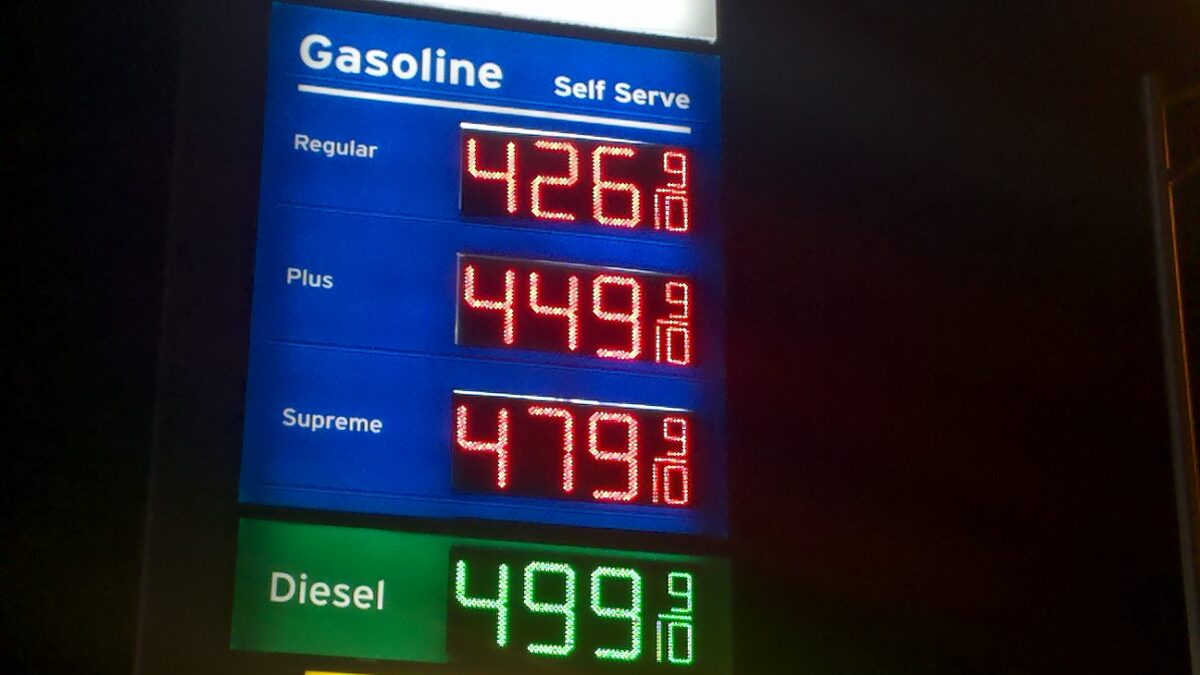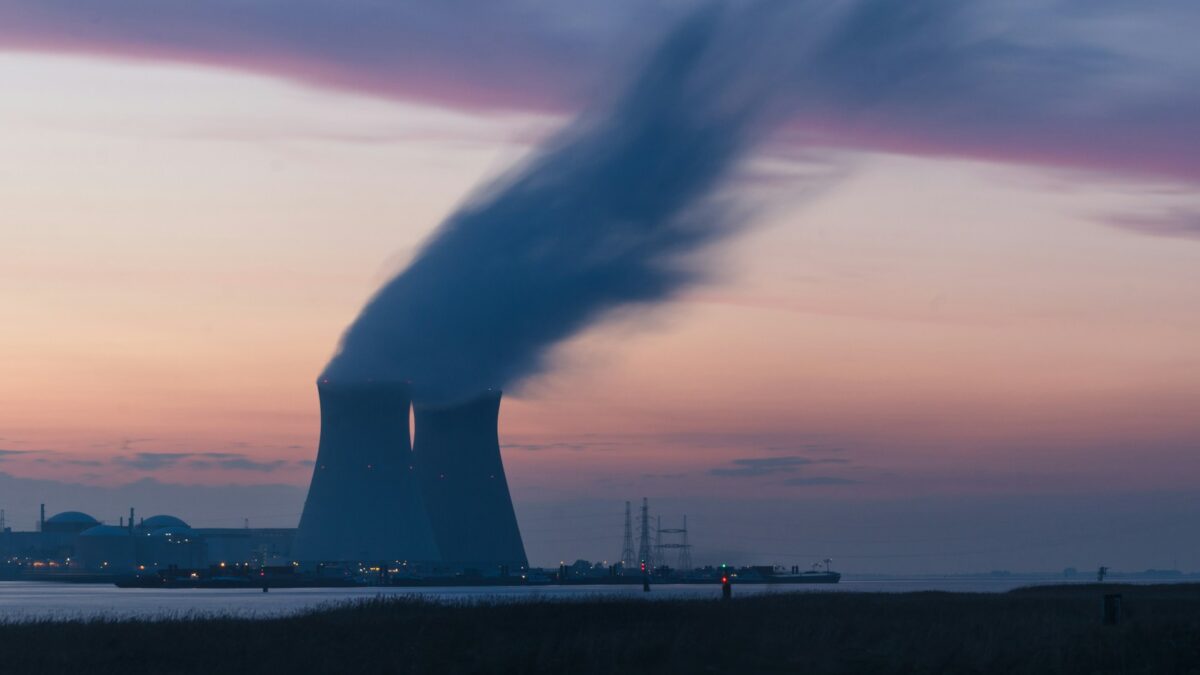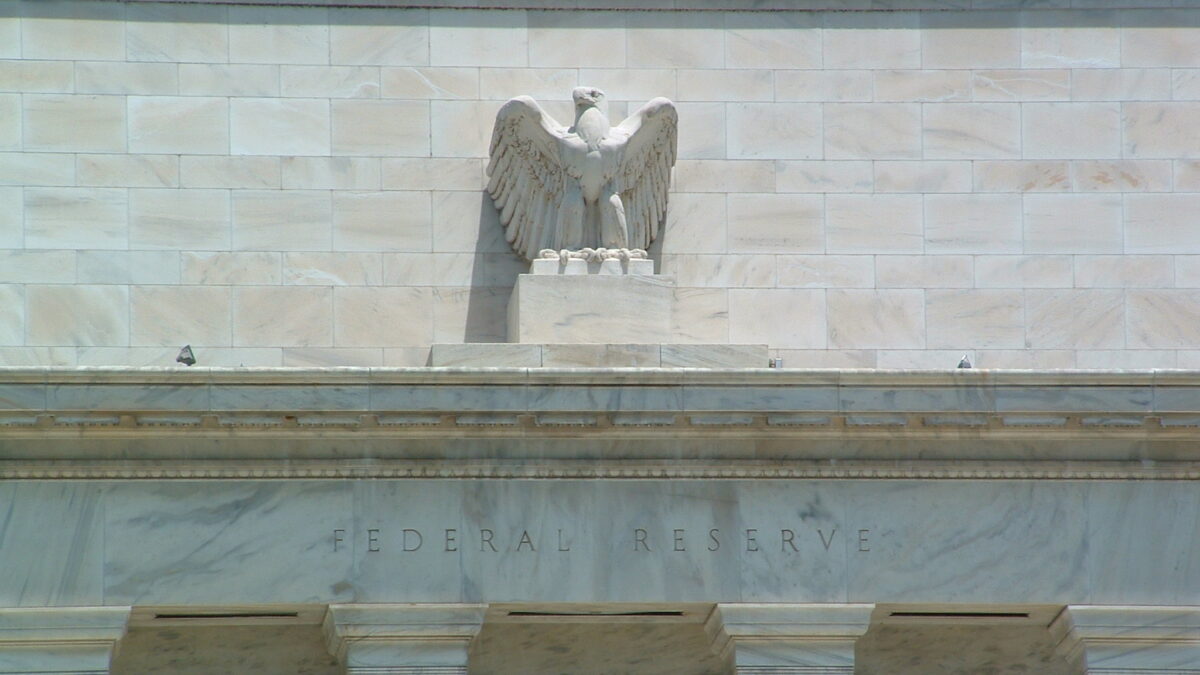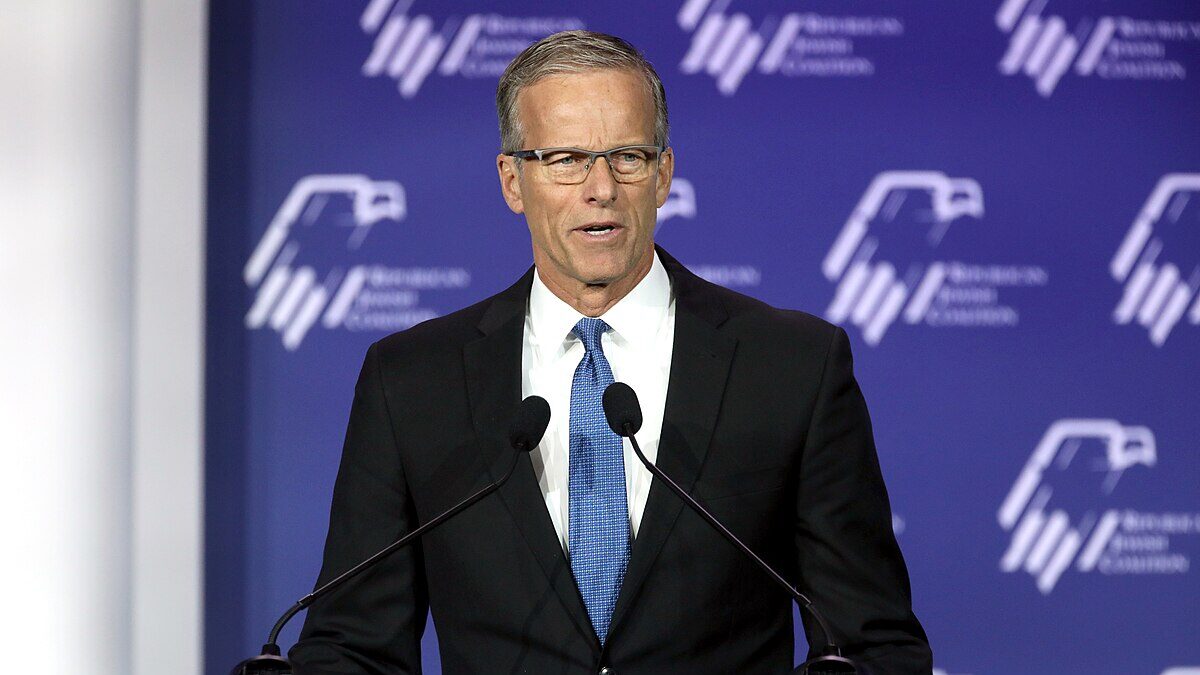Before #bareshelvesBiden became a common trend on Twitter and December’s inflation rose to the highest since 1982, several so-called top economists assured Americans that President Joe Biden’s exorbitant spending wouldn’t cause any sort of worrisome inflation.
When economists like former Clinton Treasury Secretary Larry Summers predicted that Biden’s massive spending package could “set off inflationary pressures of a kind we have not seen in a generation, with consequences for the value of the dollar and financial stability,” other “experts” pooh-poohed his predictions.
Paul Krugman of The New York Times countered Summers’ arguments in a piece entitled “Biden Is The Big Spender America Wants,” predicting that Biden’s plan to give “stimulus” checks to Americans wouldn’t cause rampant inflation because Americans would likely pocket the money for a rainy day rather than immediately put it back into the economy.
Nobel Prize recipient Joseph Stiglitz critiqued Summers’ warning, saying the former treasury secretary “didn’t really think through what he was saying because the irony was that we’ve been in a long period where we’ve been facing lack of aggregate demand at the national and global level.”
After claiming in June that “I think Summers is wrong,” Jonathan Chait acknowledged in November that Summers “may have been right” to predict that Biden’s $1.9 trillion “American Rescue Plan” could cause severe inflation. (Chait also mocked a family of 11 for being concerned about the rising cost of milk in November.)
Notably, Federal Reserve Chairman Jerome Powell also claimed last summer that any potential inflation caused by combining Biden’s spending with a reopening economy would be “neither particularly large nor persistent.” Shortly afterward, Powell admitted inflation might be “more persistent” than expected.
“The process of reopening the economy is unprecedented, as was the shutdown at the onset of the pandemic,” he noted. “As the reopening continues, bottlenecks, hiring difficulties, and other constraints could continue to limit how quickly supply can adjust, raising the possibility that inflation could turn out to be higher and more persistent than we expect.”
His comments came after Biden himself insisted inflation was “expected” and would be “temporary.”
Since then, of course, inflation has continued to rise and jobs reports under the Biden administration continue to be mediocre. According to a recent CNBC poll, 72 percent of Americans “disapprove of his handling of the price of everyday goods,” while 66 percent “disapprove of his efforts to help their wallets.”
While many Americans are struggling to afford basic necessities, Democrats will not own up to the fact that their Covid lockdowns and “stimulus” packages are part of the problem. On multiple occasions since April 2020, Congress has essentially paid Americans to stay at home by handing out money in the name of Covid relief. Between resulting worker shortages, supply chain issues (caused in part by Democrats’ efforts to shut down the economy for months), and now more spending from Biden, there’s no surprise inflation just keeps growing.
Despite its role in creating and worsening the crisis, the Biden administration has largely dismissed concerns.
When asked how the president will take action on this supply chain crisis, White House Press Secretary Jen Psaki provided a haughty response to what is no laughing matter to millions of Americans by calling the crisis “the tragedy of the treadmill that’s delayed.”
In December, Biden addressed the supply chain problem with a strange tangent that could not answer for inflation that’s affecting basic necessities as well as Christmas expenditures.
“Now I can’t promise that every person will get every gift they want on time,” he said. “Only Santa Claus can keep that promise. But there are items every year that sell out that are hard to find. Some of you moms and dads may remember Cabbage Patch Kids back in the 80s or Beanie Babies in the 90s or other toys that have run out at Christmas time in past years when there was no supply chain problem.”









